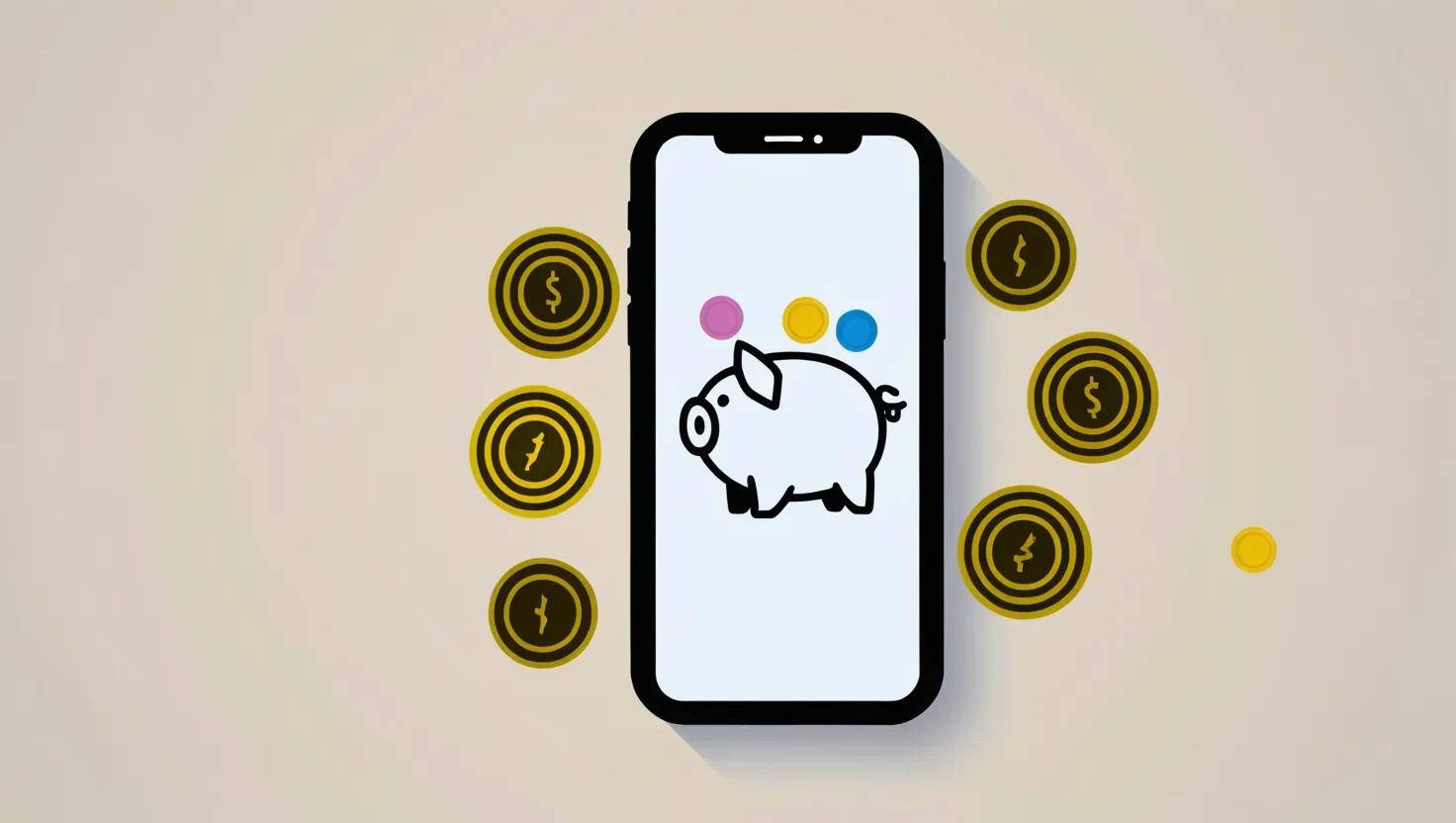In the modern era of personal finance, the intersection of behavioral economics, technology, and financial management has given rise to a fascinating field that can significantly impact our financial behaviors. Let’s delve into how digital nudges in finance apps are shaping the way we manage our money, and what this means for users, app designers, and the broader financial landscape.
The Power of Digital Nudges
Imagine Rahul, a young professional who, like many of us, struggles with saving money. He downloads a finance app that promises to help him achieve his financial goals. What he doesn’t realize is that this app is using behavioral economics to nudge him toward better financial decisions. For instance, every time Rahul spends money on a guilty pleasure, the app suggests transferring a small amount to his savings account. This subtle reminder, known as a “nudge,” is designed to encourage saving without feeling like a significant sacrifice.
Behavioral Economics in App Design
Behavioral economics is the study of how psychological, social, and emotional factors influence our economic decisions. In the context of finance apps, this means designing features that tap into our inherent biases and cognitive limitations. For example, apps like Qapital use “gamification” – features such as points, badges, and progress trackers – to make saving fun and rewarding. This approach leverages our natural inclination to compete and achieve milestones, turning what could be a mundane task into an engaging activity.
Another concept is “loss aversion,” where the fear of losing money is more powerful than the joy of gaining it. Apps might use this by highlighting what you could lose if you don’t save or invest, rather than just the potential gains. For instance, an app might remind you that not saving $100 this month could mean missing out on a future goal, like a vacation.
The Benefits and Drawbacks
These digital nudges can have significant benefits. They help users overcome financial blind spots, such as overspending in specific categories or neglecting to save. By providing personalized feedback and insights, apps empower users to make informed decisions that align with their financial goals. For example, an app might analyze your spending patterns to identify biases like “anchoring” – sticking with the first price you see – or “mental accounting” – treating different types of money differently.
However, there are also potential drawbacks. The use of psychological tactics in financial technology raises important ethical questions. Are these nudges truly helping users, or are they manipulating them into behaviors that might not be in their best interest? For instance, an app that uses social proof by showing how many others are saving might make you feel pressured to save more, even if it’s not sustainable for your financial situation.
Ethical Considerations
The ethical implications of using behavioral economics in finance apps are crucial. Designers must ensure that these features are transparent and voluntary. Users should be aware of how their behavior is being influenced and have the option to opt out if they choose. This balance between guidance and manipulation is delicate. For example, an app that automatically enrolls users into a savings plan without clear consent could be seen as overstepping.
Practical Tips for Users
So, how can you as a user recognize and leverage these beneficial nudges while being aware of potentially manipulative features? First, understand the principles behind the app’s design. If an app is using gamification, ask yourself if it’s genuinely motivating you to save or if it’s just making you feel good in the short term. Look for transparency in how the app collects and uses your data. If an app is pushing you to save more than you can afford, it might be time to reassess.
Broader Implications
The use of behavioral economics in personal finance technology has broader implications for user autonomy and informed decision-making. It challenges traditional views of financial literacy by acknowledging that people do not always act rationally. Instead, it designs systems that work with our natural biases rather than against them. This approach can lead to more effective financial management tools that are tailored to individual needs and behaviors.
Future of Personal Finance Technology
Looking ahead, the future of personal finance technology is likely to be even more integrated with behavioral economics. We can expect to see more sophisticated features that understand and adapt to individual behaviors. For instance, AI-powered financial assistants could provide personalized advice based on your spending habits and financial goals. These assistants might remind you of upcoming expenses or suggest ways to optimize your budget, all while ensuring that the user remains in control.
Personality Types and Digital Nudges
Different personality types respond differently to various digital nudges. For example, someone who is highly competitive might thrive on gamified features, while someone who is more cautious might prefer more conservative and straightforward advice. Understanding these differences can help app designers create more user-centric products. By recognizing that one-size-fits-all solutions do not work, designers can tailor their features to cater to a wide range of user personalities.
Real-World Examples
Let’s look at some real-world examples to illustrate these concepts. Apps like Acorns use a feature called “round-ups” where small amounts from everyday transactions are invested automatically. This leverages the concept of “present bias,” where people value immediate rewards over future gains. By making saving and investing almost effortless, these apps help users build financial habits without feeling the pinch.
Another example is the UK challenger bank Starling, which introduced a “Goals” feature. This feature allows users to set savings targets for specific goals, such as a vacation or a down payment on a house. The app provides regular reminders and insights into spending habits, helping users stay on track. This approach combines spending analysis with goal-setting, making it easier for users to see the bigger picture and make informed financial decisions.
Conclusion
The integration of behavioral economics into personal finance apps is a game-changer in how we manage our money. By understanding and leveraging our psychological biases, these apps can nudge us toward better financial behaviors. However, it’s crucial to maintain transparency and ethical standards to ensure that these nudges are beneficial rather than manipulative.
As we move forward, the potential for more ethical, user-centric design in personal finance technology is vast. By focusing on the psychology behind different app features and how they impact our decision-making processes, we can create financial tools that truly empower users. Whether you’re a tech-savvy individual or just someone looking to optimize your financial management, understanding these concepts can help you make more informed choices about the financial tools you use.
In the end, it’s about creating a financial ecosystem that understands and respects user behavior, rather than trying to alter it. By doing so, we can build a future where personal finance technology not only helps us manage our money but also enhances our overall financial well-being.






